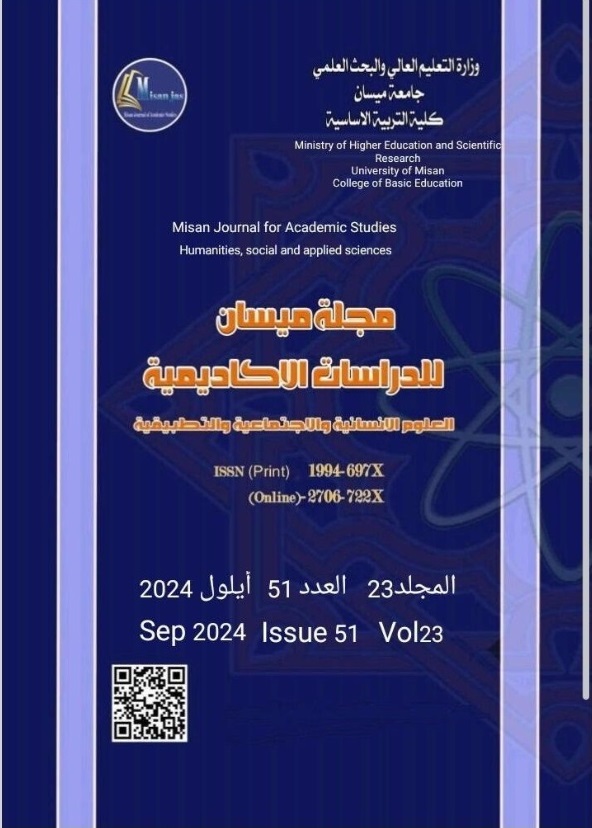The use of counterpoint in Kurdish orchestral compositions: (Dilshad Muhammad Saeed)
Abstract
Kurdish music has many important transformations, including the liberation of Kurdish singing from the tarab sensuality on the one hand, the modernization of oriental music with Western classical musical instruments on the other hand, and then the enrichment of melodic and vocal writing with advanced musical sciences represented by the use of counterpoint, which led to the development of oriental music composition methods in terms of aesthetics and expression, which sought these methods, which began from the eighties (1980s) of the twentieth century to our current reality in the development of counterpoint techniques in polyphony Texture. Hence, the researchers believe that there are many experiences of Kurdish musicians in employing folkloric and folk heritage songs by treating their melodies in a contemporary musical way, i.e. by introducing polyphony (counterpoint and harmony) and diversifying in the instrumental distribution.
The research aims to show the role and use of counterpoint in Kurdish orchestral compositions. It is an important part of the development and diversification of contemporary Kurdish music, in general and shows how Dilshad Mohamed Said's counterpoint is used in his Kurdish orchestral compositions.
The use of counterpoint in Kurdish orchestral compositions is an endeavor to achieve serious scientific and systematic steps in the field of artistic expression and vocal diversity, which enhances Kurdish musical culture to reach the global level.
Downloads
Copyright (c) 2024 (Humanities, social and applied sciences) Misan Journal of Academic Studies

This work is licensed under a Creative Commons Attribution-NonCommercial-NoDerivatives 4.0 International License.
The copyright is also the copyright of the magazine only.
All articles published in our magazine are subject to license terms
Creative Commons Attribution(CC BY-NC-ND 4.0) This license permits the content to be reproduced, redistributed and reused in whole or in part for any purpose free of charge, without any permission from the author(s), researcher or student.
Works submitted to Maysan Journal of Academic Studies for publication in the journal (CC BY-NC-ND 4.0) license terms. Where available content can be shared, distributed and replicated provided there is no commercial profit and appropriate credit must be given to the original source through sources or citations. It is mandatory to review any material used from other sources including shapes, tables, and images for re-use under the terms of the Creative Commons License (CC BY-NC-ND 4.0).Provided that there is no modification to the original content



